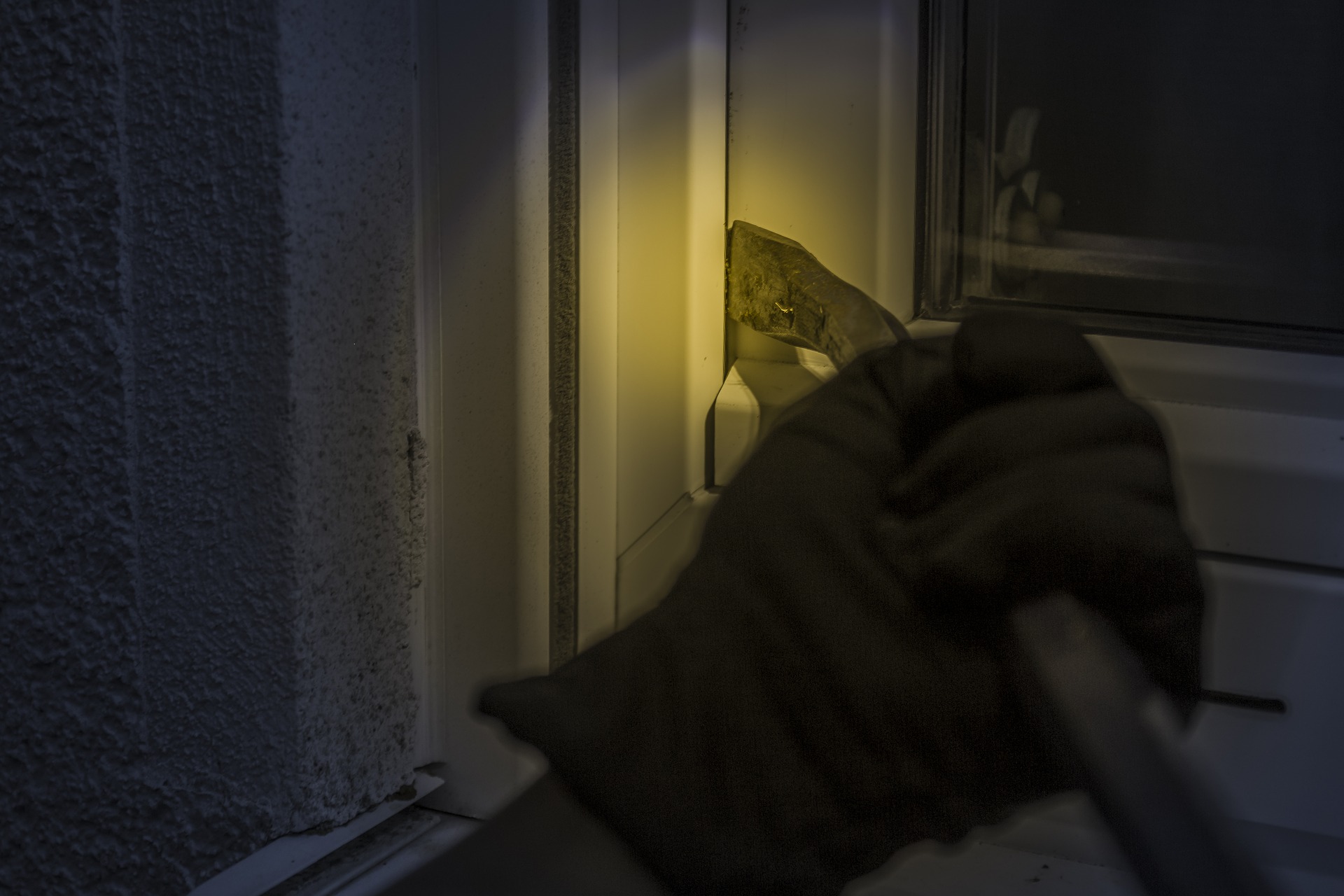On Friday, October 37th, deputies working out of the Santa Clarita Valley Sheriff Station were patrolling in Castaic when they recognized suspected burglar A. Diaz sitting in a parked car. When deputies arrested Diaz, they brought him to the SCV Sheriff Station where he was booked and processed. On Tuesday, October 31st, Diaz was officially charged with residential burglary and his bail was set at $1 million.
Diaz had been positively identified in a previous residential burglary when investigators reviewed video surveillance footage provided by the property owner. It is believed that Diaz is tied to several other residential burglaries in the Santa Clarita Valley. According to police, they believed that the suspect had been entering homes that had unlocked doors or were otherwise unsecured.
Deputies would like to remind everyone that locking up is the easiest way to deter would-be burglars. No matter what time of day or night, always be sure to lock all of your doors and windows.
Residential burglary is covered under California Penal Code 459 PC and is described as entering any residential or commercial property for the purpose of committing a felony once inside. The felony most often associated with burglary is theft, and the two are used almost interchangeably by the public. However, theft isn’t necessary for a burglary charge. The actual crime of burglary is to enter the structure with criminal intent, meaning that it’s possible to be charged with burglary even if nothing ends up happening once inside.
Burglary is divided into two parts: first-degree and second-degree. First-degree burglary is burglary of a residence, and second-degree burglary is burglary of any other type of structure. The penalties for first-degree burglary include a state prison sentence of 2 to 6 years. Second-degree burglary penalties include 1 to 3 years in county jail, depending on whether the crime was charged as a misdemeanor or a felony.








Leave A Comment